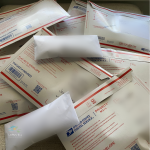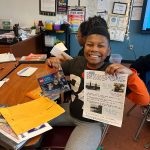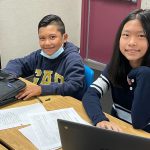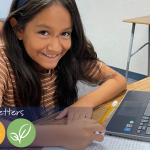For our next teacher blog post, we’re excited to hear from Julie Wojnar, a 5th grade teacher from Euclid, Ohio!
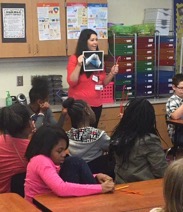 Hello from Euclid, Ohio! My name is Julie Wojnar and I am a 5th grade science and social studies teacher at Chardon Hills Magnet School in Euclid, Ohio, which is right outside of Cleveland, Ohio. I have been a teacher for 17 years, with most years teaching science. This is my first time participating in Letters to a Pre-Scientist, and my students are really loving it!
Hello from Euclid, Ohio! My name is Julie Wojnar and I am a 5th grade science and social studies teacher at Chardon Hills Magnet School in Euclid, Ohio, which is right outside of Cleveland, Ohio. I have been a teacher for 17 years, with most years teaching science. This is my first time participating in Letters to a Pre-Scientist, and my students are really loving it!
One of my goals as a science teacher has been to increase my knowledge and understanding of how to connect student learning in the classroom to real world science experiences and science careers. In order for students to learn, they need to be 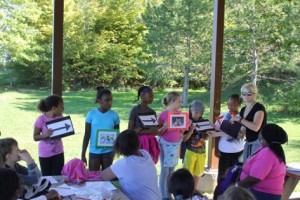 engaged and interested in what they are learning, as well as understand why they are learning it. By participating in Letters to a Pre-Scientist, my students have been able learn about careers in science and begin to understand the how what they are learning in school now, is important and relevant to their futures. My students have been able to learn about other places outside of their small Euclid community in Ohio. Many of my students have not been outside of their city and they are reading about experiences and places that their pen pals have lived, traveled too, and studied at. By communicating with their pen pals, my students are seeing possibilities of what could be!
engaged and interested in what they are learning, as well as understand why they are learning it. By participating in Letters to a Pre-Scientist, my students have been able learn about careers in science and begin to understand the how what they are learning in school now, is important and relevant to their futures. My students have been able to learn about other places outside of their small Euclid community in Ohio. Many of my students have not been outside of their city and they are reading about experiences and places that their pen pals have lived, traveled too, and studied at. By communicating with their pen pals, my students are seeing possibilities of what could be!
Other ways that my students have been connecting their learning to real world experiences is when we studied ecosystems this fall The students took a field trip to a park by Lake Erie, which is a 10 minute drive from our school. There, students were able to conduct experiments with Lake Erie water samples, examine organisms in a Lake Erie ecosystems, and create food webs of the organisms.
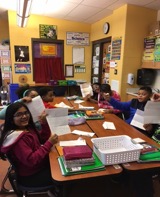 Another way that students are making real world connections is when we began our
Another way that students are making real world connections is when we began our 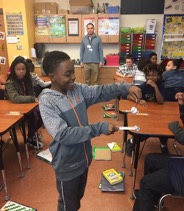 physical science unit on sound. I scheduled a program from the Cleveland Clinic. The program came to my science classes to teach students about sound was called Dangerous Decibels. The facilitators of the program uses the principles of inquiry-based learning to teach the concepts of noise-induced hearing loss prevention. With the help of scientific tools, students measure sound, learn about decibels, made models of their own ear, and learned about sound waves. They explore sound, the way it travels, and how learned how they can protect their hearing for years to come! Students enjoyed learning about sound waves and how sound travels, and why it is important to protect themselves from hearing loss.
physical science unit on sound. I scheduled a program from the Cleveland Clinic. The program came to my science classes to teach students about sound was called Dangerous Decibels. The facilitators of the program uses the principles of inquiry-based learning to teach the concepts of noise-induced hearing loss prevention. With the help of scientific tools, students measure sound, learn about decibels, made models of their own ear, and learned about sound waves. They explore sound, the way it travels, and how learned how they can protect their hearing for years to come! Students enjoyed learning about sound waves and how sound travels, and why it is important to protect themselves from hearing loss.
I am looking forward to being involved in Letters to a Pre-Scientist for the remainder of the school year, and seeing my students continue to make connections between their learning in the classroom and the real world. Letters to a Pre-Scientist helps my students do this.

